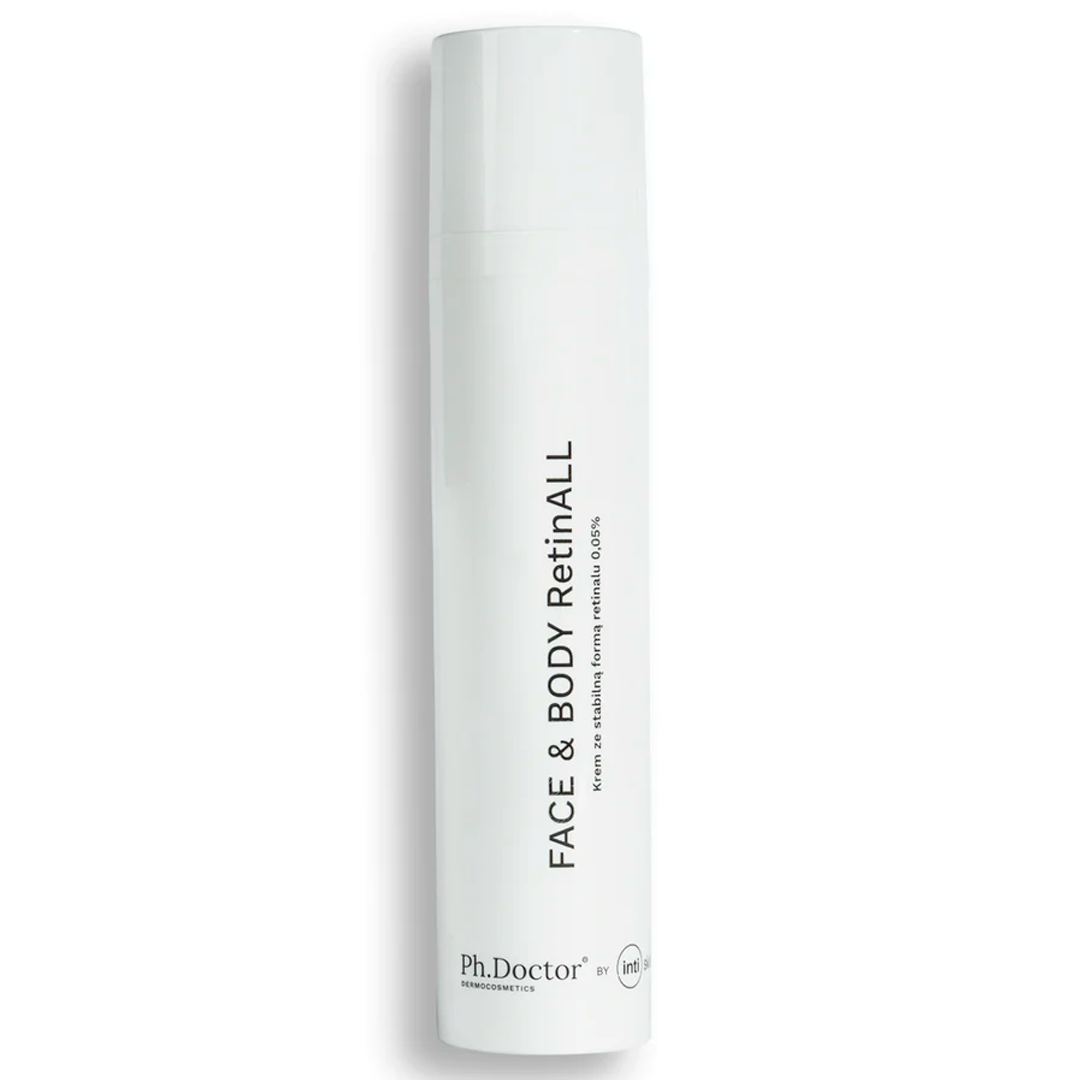Oily and sensitive skin syndrome
Sensitive oily skin (OS) is a complex of oily and sensitive skin. OS skin can be divided into four types: acne, rosacea, burning and allergy. Enlarged pores, acne or seborrheic dermatitis are elements of oily skin. In the case of sensitive skin, subjective hypersensitivity to external factors (cosmetics, medications, temperature differences) causes a feeling of discomfort: tightness, burning, stinging or itching. The rosacea subtype is characterized by recurrent redness and a feeling of heat, often accompanied by inflammatory nodules and telangiectasia. There is also an allergic subtype of the skin in which we have features of contact urticaria. There is a wheal and redness in response to fragrances and preservatives. The cause of OS syndrome is excessive "washing of oily skin" with strongly foaming agents, too frequent and thick peelings - this ultimately disrupts the composition of the skin's lipids and damages the lipid barrier. Sebum plays a major role in skin hydration, and also guards the integrity of the skin barrier. Therefore, too aggressive an approach to the skin, disruption of the lipid barrier can lead to the development of oily sensitive skin (OS). Care for oily sensitive skin must be approached with caution, it is very important to maintain a balance between gentle removal and secretion of excess sebum.
OS Skin Care Plan
- Ph.Doctor Gentle Facial Cleansing Emulsion - wash your face and neck twice a day for at least 1 minute. In the evening, remove your make-up with your favorite product and then use our cleansing emulsion.
- Tetra C Serum Ph. Doctor - use one drop in the morning and evening right after washing your face.
- Lipid face cream Ph.Doctor - use after the Ph.Doctor serum has been absorbed.
Remember about photoprotection in the morning - a cream with SPF 50 UVA/UVB filter is mandatory for oily skin - choose light emulsions, without alcohol.
We recommend that in case of enlarged pores and overproduction of sebum, a product with retinoids be included in your evening care. Choose FACE & BODY RetinALL 0.05% and if you are just starting out, proceed as follows: for 2 weeks, use RetinALL 2 times a week, for the next 3 weeks 3 times a week, for the next 4 weeks 4 times a week, for the next 5 weeks 5 times a week.
Once you have built up a tolerance to retinal, which usually takes at least 2-3 months, you can think about adding Lactic Acid 12% Face and Body Peeling to your evening care routine - in an alternating pattern, on the day of acid application do not use retinoids. 1-2 times a week apply acid to washed, dried facial skin according to the following scheme: 1 week 3 minutes, 2 week 5 minutes, 3 week 10 minutes, 4 week 15 minutes (this is the maximum time).
You can use the entire Ph. Doctor cosmetic line with the OS syndrome. If you have allergic, atopic skin, perform an allergy test. Ph. Doctor products have been tested on people with dry, atopy-prone, sensitive skin (tested consumer group). You can eliminate dilated blood vessels on the skin of the face in aesthetic medicine clinics with a laser, after consulting a dermatologist. Often, dilated blood vessels on the face are the first phase of rosacea. Also pay attention to lumps, pimples and the lack of blackheads - here the doctor will probably recommend treatment including prescription preparations. Then, in your care, you can use an over-the-counter preparation with azelaic acid 15 or 20% (you can buy it in a pharmacy without a prescription, it is also safe during pregnancy and for nursing mothers).
In the PubMed database we can find publications which show that retinal (retinaldehyde) has a beneficial effect on the vascular component of rosacea (erythema and telangiectasia) https://pubmed.ncbi.nlm.nih.gov/10473962/ .


